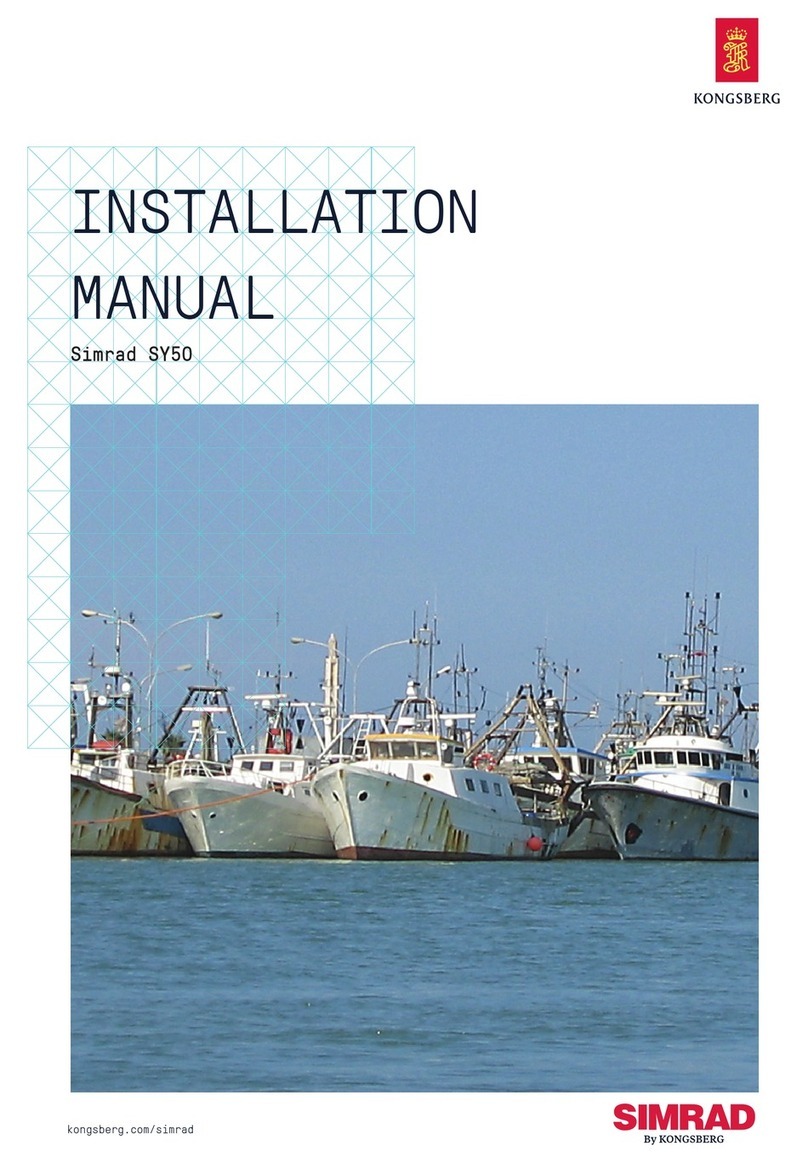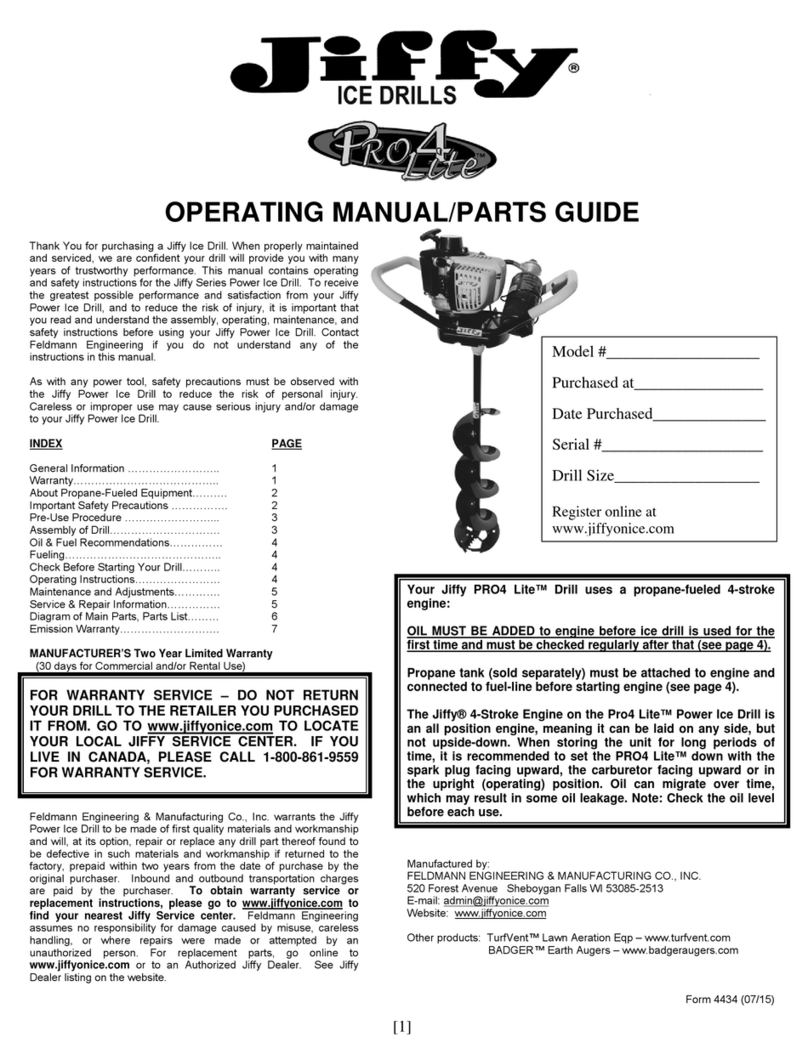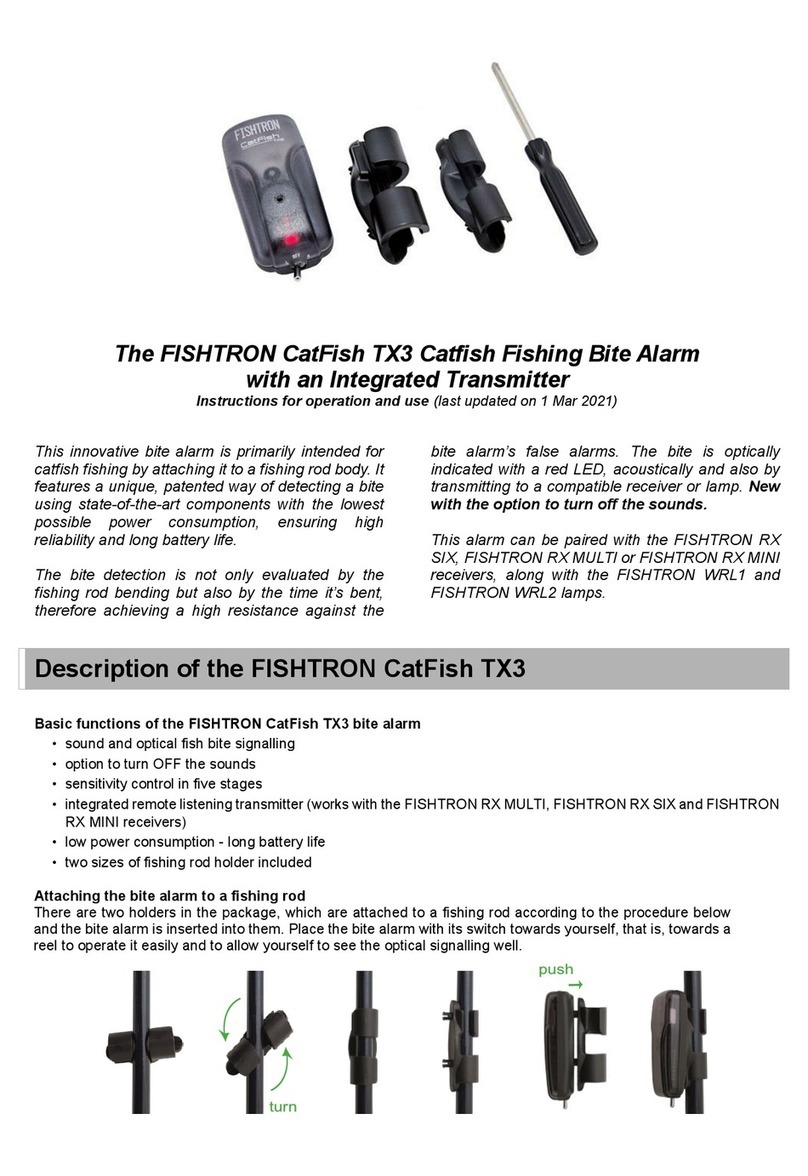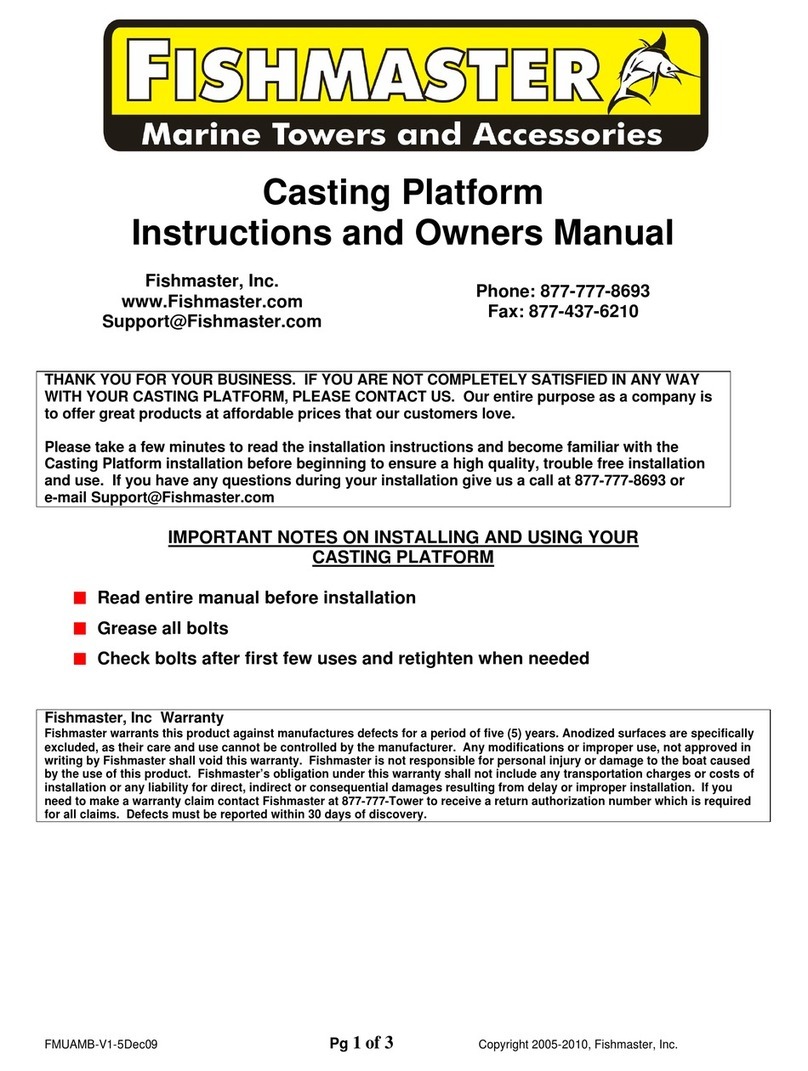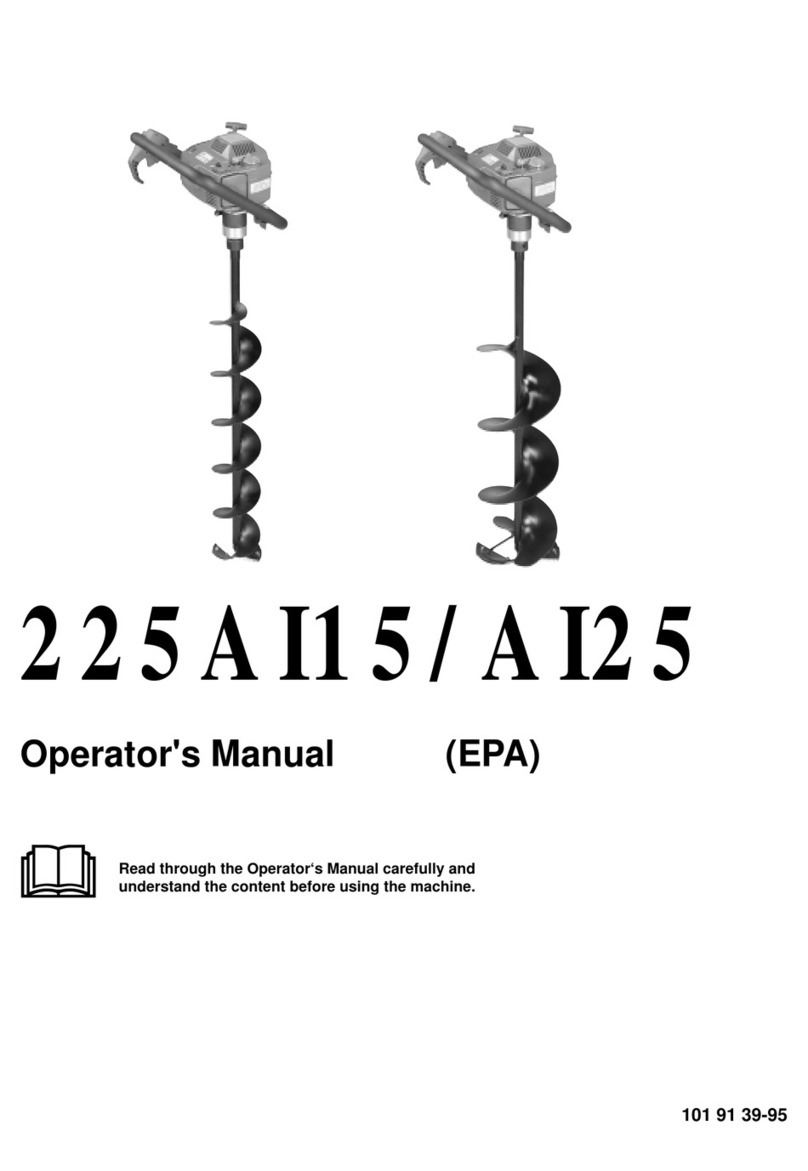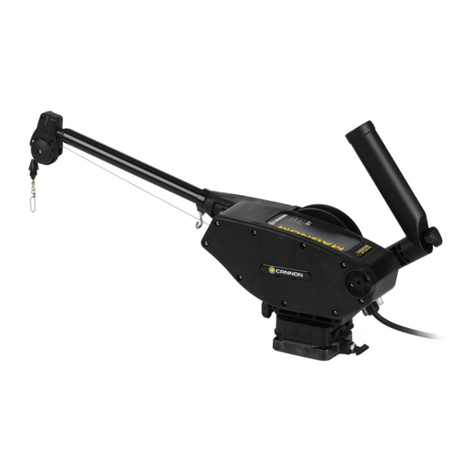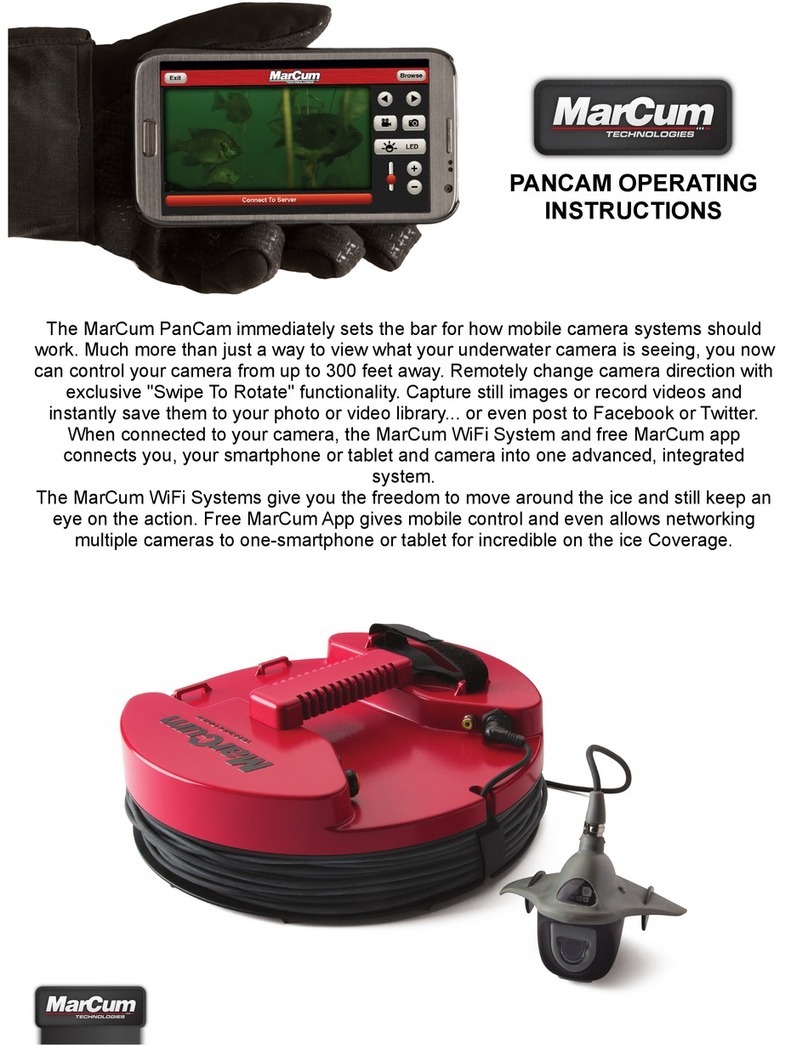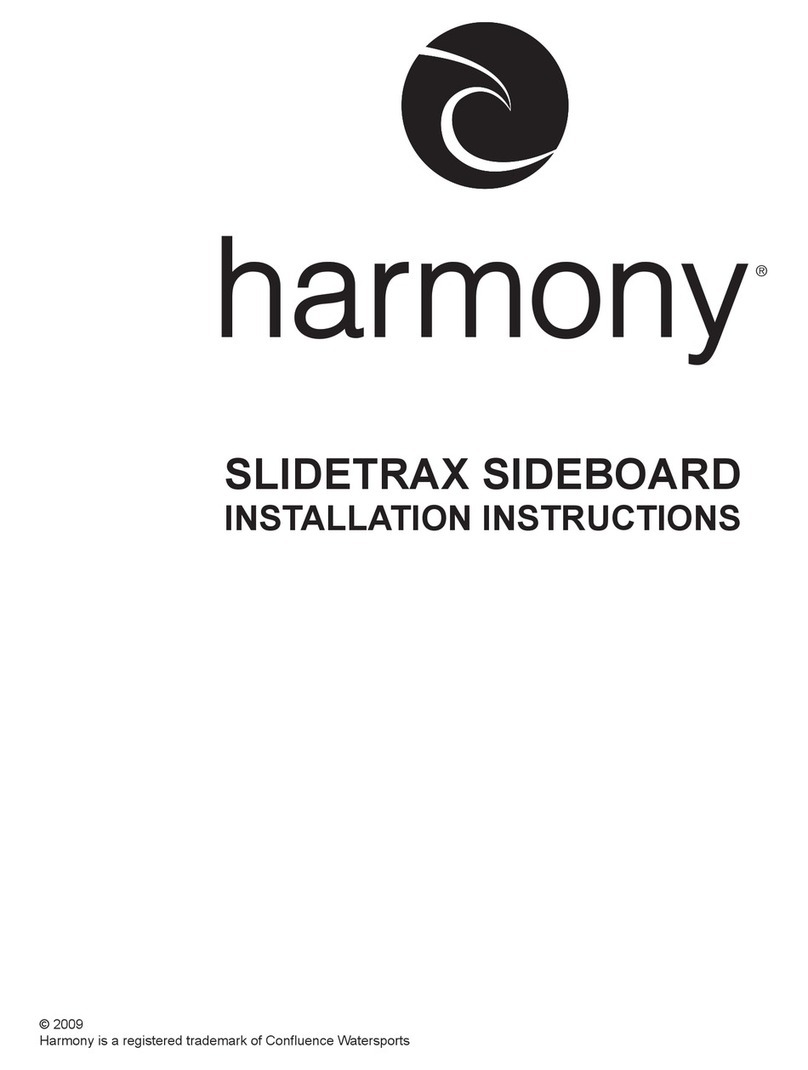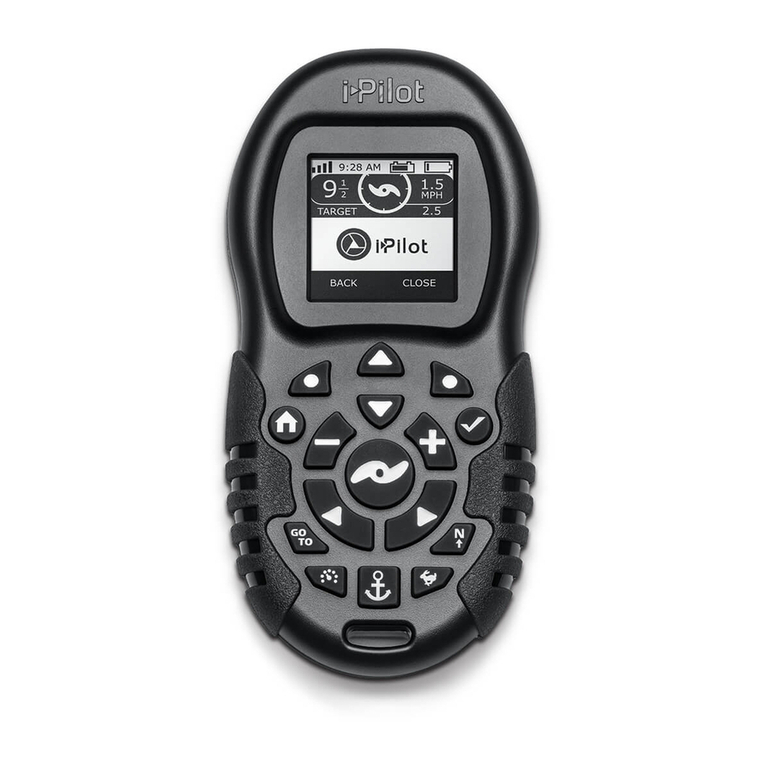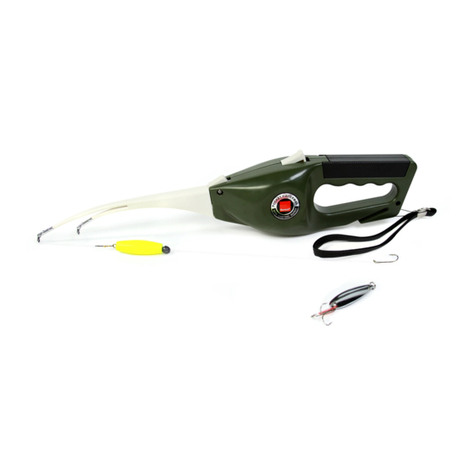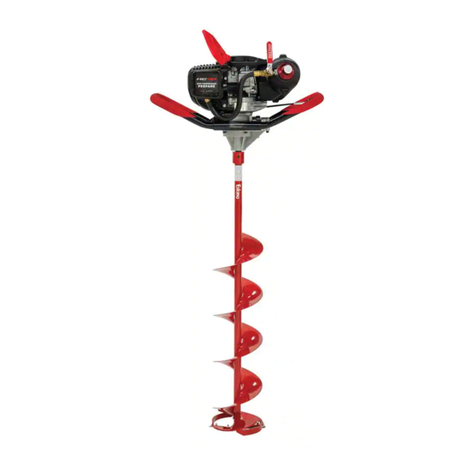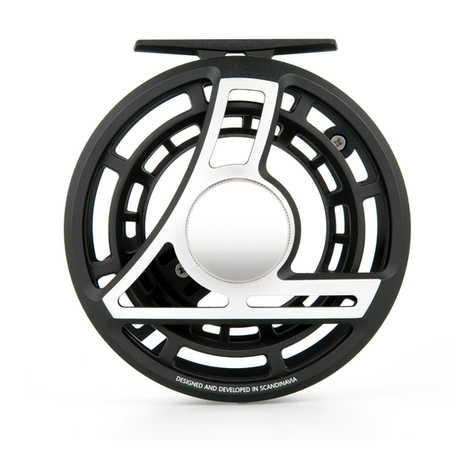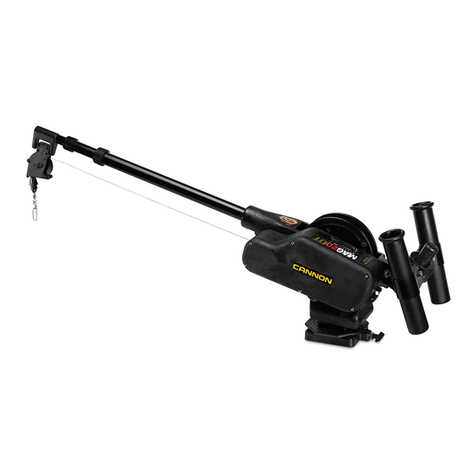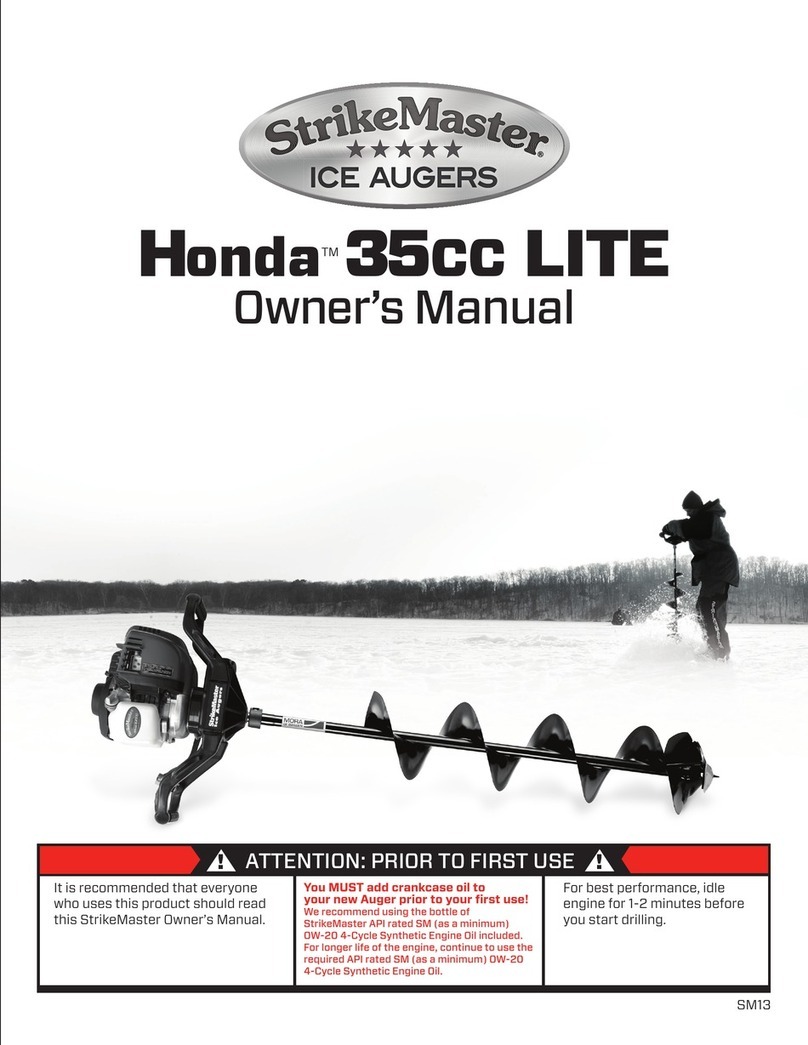GENERAL SAFETY PRECAUTIONS
English
–
5
Important Remember when going out onto
the ice:
• Never go out onto the ice alone.
• Always carry ice prods and other safety equipment on
the ice.
• Never go out onto ice if you are unsure of its strength.
Always test the ice with an ice-pike if you are
uncertain.
• Be aware that many factors affect the strength of the
ice, not just the thickness of the ice. For example, new
ice, spring ice, snow covered ice and sea ice can be
weak. Straits, points, open channels, shallows, etc.
are areas that can be weak even though the ice is
thick.
• Always inform someone of your whereabouts and
when you will be returning.
Personal protective equipment
HEARING PROTECTION
Wear hearing protection that provides adequate noise
reduction.
EYE PROTECTION
Protective goggles or a visor must be worn.
IMPORTANT!
The machine is solely designed for drilling in ice.
Never use a machine that has been modified in any way
from its original specification.
Never use the machine if you are tired, if you have drunk
alcohol, or if you are taking medication that could affect
your vision, your judgement or your co-ordination.
Wear personal protective equipment. See instructions
under the heading Personal protective equipment.
Never use a machine that is faulty. Carry out the checks,
maintenance and service instructions described in this
manual. Some maintenance and service measures
must be carried out by trained and qualified specialists.
See instructions under the heading Maintenance.
All covers and guards must be fitted before starting.
Ensure that the spark plug cap and ignition lead are
undamaged to avoid the risk of electric shock.
!
WARNING! The ignition system of this
machine produces an electromagnetic
field during operation. This field may
under some circumstances interfere with
pacemakers. To reduce the risk of
serious or fatal injury, we recommend
persons with pacemakers to consult
their physician and the pacemaker
manufacturer before operating this
machine.
!
WARNING! Running an engine in a
confined or badly ventilated area can
result in death due to asphyxiation or
carbon monoxide poisoning.
!
WARNING! Never allow children to use or
be in the vicinity of the machine. As the
machine is equipped with a spring-
loaded stop switch and can be started by
low speed and force on the starter
handle, even small children under some
circumstances can produce the force
necessary to start the machine. This can
mean a risk of serious personal injury.
Therefore remove the spark plug cap
when the machine is not under close
supervision.
IMPORTANT!
An ice drill is a dangerous tool if used carelessly or
incorrectly and can cause serious, even fatal injuries. It
is extremely important that you read and understand the
contents of this Operator’s Manual.
You must use approved personal protective equipment
whenever you use the machine. Personal protective
equipment cannot eliminate the risk of injury but it will
reduce the degree of injury if an accident does happen.
Ask your dealer for help in choosing the right equipment.
